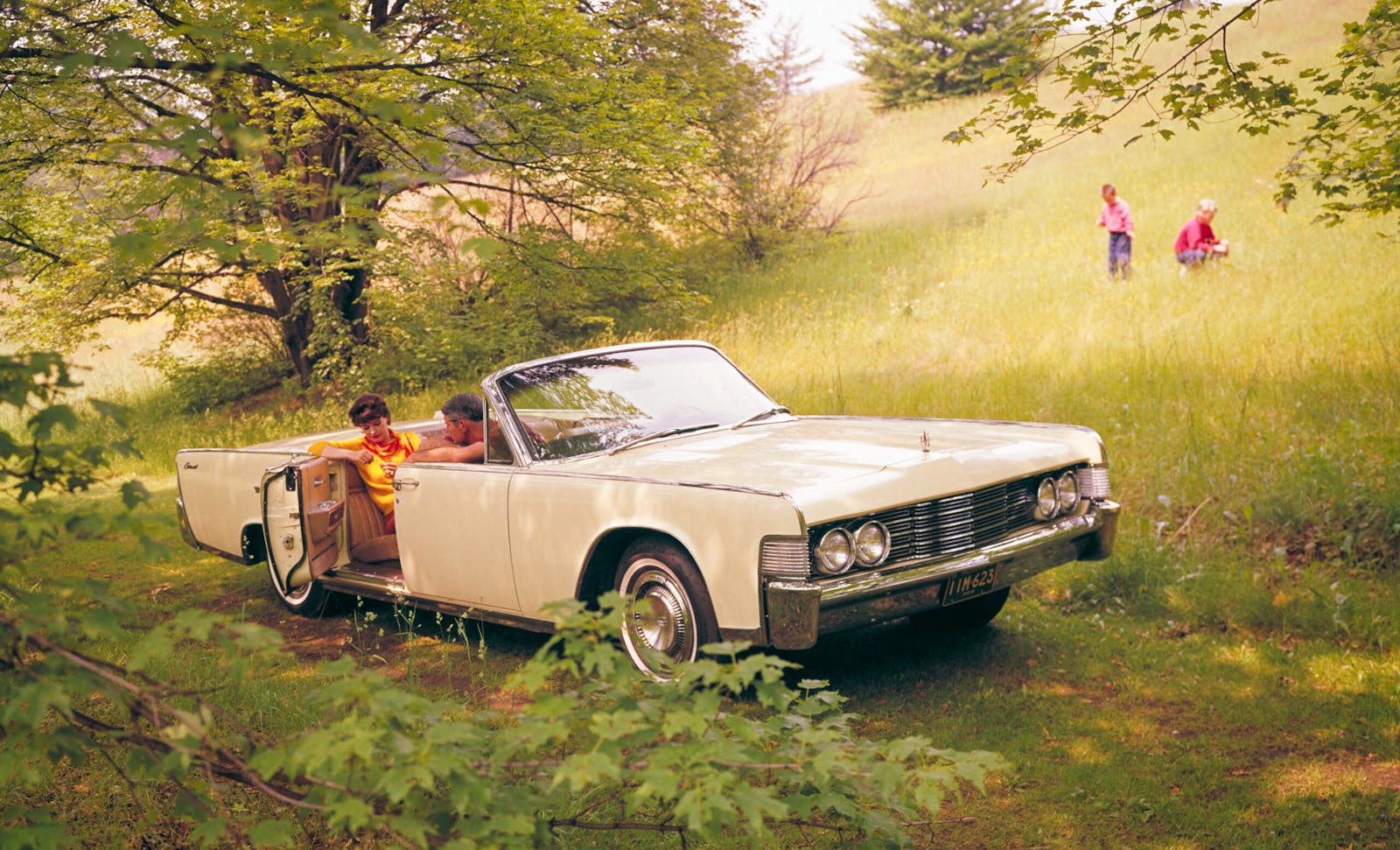Media | Articles
Is the fourth-generation Camaro collectible yet?
For a few short but painful years, the fourth-generation Camaro was also the last Camaro. Falling sales, among other reasons, led GM to discontinue F-body siblings the Camaro and Firebird, even as the rival Mustang soldiered on unencumbered.
The fourth-gen Camaro had lasted a decade, and in that time it brought back performance not seen since the ‘60s. It also spawned numerous special models that are rare, attractive, quick, or all of the above. It may seem premature, especially since we still see fourth-gen Camaros occasionally used as daily drivers, but it’s worth asking how collectible they are, if at all.
For a car with production totals of more than 600,000 and was available in numerous submodels and several powertrains, the answer is complicated. However, for the most part, fourth-gen Camaros have seen a growth in interest on the collector car market, and rare performance-oriented models are commanding strong prices.
In fact, all V-8 Camaros in the Hagerty Price Guide saw an uptick in value at some point from 2014–16, suggesting that they are already done depreciating and are increasingly coming onto the collector car market, which—in the case of the later cars—is well ahead of the usual 25-year timeline for a vehicle to become collectible. Looking at buyer interest, as measured by insurance quote activity, attention is certainly on fourth-gen Camaros as Hagerty currently receives more quotes for 1993–2002 Camaros than 1970–81 models. About half of the quotes last year were for versions of the Z28, which makes sense given its much higher production numbers. Overall, fourth-gen Camaros represent Hagerty’s 24th-most commonly quoted vehicle generation. As always, not all Camaros are created equal. There are V-6 automatics that you can pick up for a thousand bucks and six-figure limited editions, as well as everything in between.
Marketplace
Buy and sell classics with confidence
20180214150440)
20180214151203)
The cars at the pinnacle of collectability are the 1997 30th Anniversary Camaro SS LT4 and the 2002 Camaro ZL1. The 1997 SS features the 330-hp LT4 engine (up from 305 horsepower in the standard 1997 SS) lifted from the 1996 Corvette and installed by SLP. Just 108 were made and they sold for 40 grand apiece. The 2002 ZL1 turned things up several notches. Only 69 were built, and they featured Z06 brakes, adjustable shocks, a billet flywheel, and numerous other goodies. The ZL1 was available in three “phases,” with Phase 1 offering 400 hp and Phase 2 delivering 475 hp. Phase 3, of which 37 were built, used a C5-R 427 engine and chambered exhaust to generate a whopping 600 hp.
The ZL1 Phase 3 is the Holy Grail as far as 1993–02 Camaros are concerned. The list price when new was about $80,000, but by the nature of their rarity and top-dog status they hardly come to market. Currently, the world-record price for a stock fourth-gen Camaro $125,080—someone shelled out big for a Phase 3 at Mecum’s 2009 Kissimmee auction. The last one to sell at auction was at Russo and Steele’s 2014 Scottsdale event (it sold for a relatively modest $83,000), followed closely by another ZL1 in Mecum’s 2014 Kissimmee auction (hammered not sold at $95,000 against a $100,000–$125,000 estimate).
There are other limited-production models worth looking out for. There is the 1993 Z28 Indy Pace Car, with its outrageous, multicolored pinstriping; just over 600 were built. There is also the high-performance Berger Camaro SS of 2000–02 (104 built), sold by the famous Grand Rapids dealership, as well as the Dale Earnhardt Intimidator Camaro (82 built). The RPO 1LE performance option, which is essentially a track-handling package, was also available through the 1999 model year. Since Chevrolet never actively promoted the 1LE, only a few dozen buyers each year selected it, so 1LE cars are both rare and noteworthy.
20180214151138)
20180214151323)
As for the standard production models, all have seen a growth in interest among collectors and enthusiasts over the past couple of years, but Hagerty Valuation Data Specialist Greg Ingold sees the 1996–2002 Camaro SS as having the best collectability outlook of the standard cars. “It’s important to remember that, like the Pontiac Firehawks, the Camaro SSs were done by SLP Engineering, and any SLP car is significant and desirable,” Ingold says. “With the SS, you could stroll into your dealer, check a box, and get a car that was hopped up by SLP right out of the box versus buying the car and then sending it off to a tuning company.”
And as is the case with most cars, the fourth-gen Camaro got better as the years went on. Specifically, the 1998 Camaro received the famous LS1 V-8, which was lighter, more powerful, and more tunable than the LT1 it replaced. The LS-powered cars are predictably worth more given their added performance but, Ingold says, “When you’re shopping around, there are definitely more low-mileage collector-grade Camaros with an LS than there are with the LT. In addition to being better cars and worth a little more money, they also seem to have been generally treated better.”
With increased attention on performance cars from the 1990s and early 2000s, it makes perfect sense that Camaros would start to come onto people’s radar. On the whole, the model is far from rare, but the Z28 and SS offer affordable V-8 rear-drive tire-burning fun for younger enthusiasts on a budget, and there are enough rare or high-performance special editions to get the attention of more dedicated collectors.
On both ends of the spectrum, the cars are done depreciating and can be considered collectible at least to a degree. And as always, the rare models with low miles command the most attention on the market.
20180214151525)
20180214151544)
20180214151227)
20180214151258)
20180214151339)
20180214151501)

